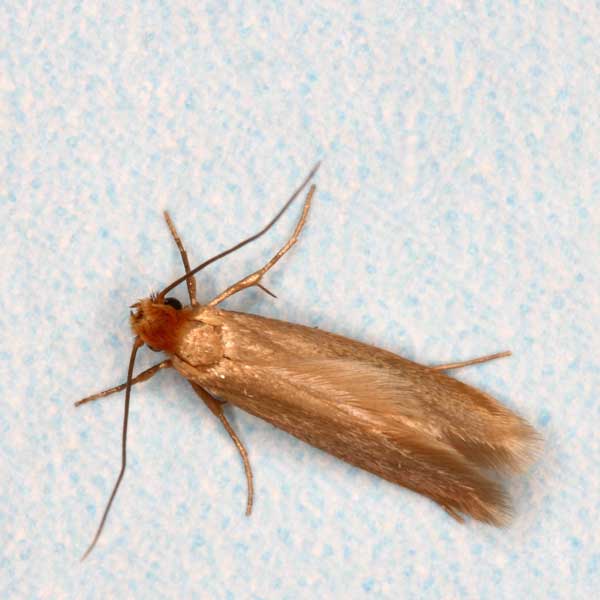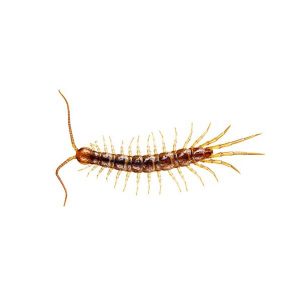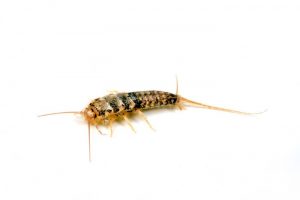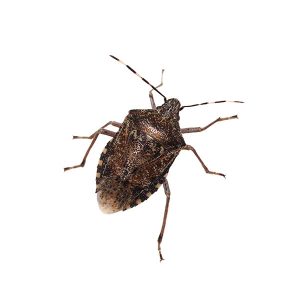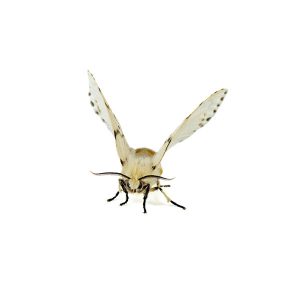Clothes Moths in Georgia
Adult Clothes Moths have an iridescent-looking coloration on their wings. The wings of the webbing clothes moth are a golden or yellow color with bright red or orange hairs on the top of their head. The wings end in little tufts of golden hair. The wings of the casemaking clothes moth resemble those of the webbing clothes moth, but their wings are a brown or tan color with dark spots scattered about. Both of these moths are around a quarter of an inch long (0.25 in), though the webbing moths are slightly larger than their clothing counterparts. The larvae (juveniles) are yellow or cream-colored with a dark red or brown colored head. These moths can even be found in vents and ductwork where the larvae feast upon lint, hair, and other debris that is trapped inside. Clothes Moths are not attracted to light, unlike many other moths.
Clothes Moth Habitat
Clothes Moths live in areas where they have a food source readily available. They can be in closets, boxes, chests, dressers, taxidermy displays, etc. Indoors, clothes moth larvae are frequently noted on woolen clothes, carpets, upholstered furniture, and old wool rug remnants in the attic. Lint from wool rugs and pet hair behind baseboards and in flooring cracks all serve to invite moth infestations. A favorite egg-laying site is a carpet under the rear legs of a sofa, a spot rarely reached by a vacuum cleaner. The adults, pupae, and eggs of Clothes Moths do not feed. The larvae are the pests. The larvae feed on wool, feathers, hair, leather, fish meal, lint, carpet, animal products, and other such materials. Common items that are fed on include, but are not limited to: scarfs, jackets/coats, toys, rugs, blankets, sweaters, taxidermy displays, and upholstered furniture.
Clothes Moth Behaviors, Threats, or Dangers
The larvae do damage as they feed on any of the items listed above. The larvae of the casemaking clothes moth drags a silk cocoon around as they feed, increasing the cocoon size as they increase in size. This can make them even harder to locate because the cocoon is made from whatever material they are feeding on, which gives them the perfect camouflage they need to feast undetected.
Need help with pest control?
Fill out the form below and we’ll be in touch!
*During normal business hours. After hours inquiries will be returned the next business day.

